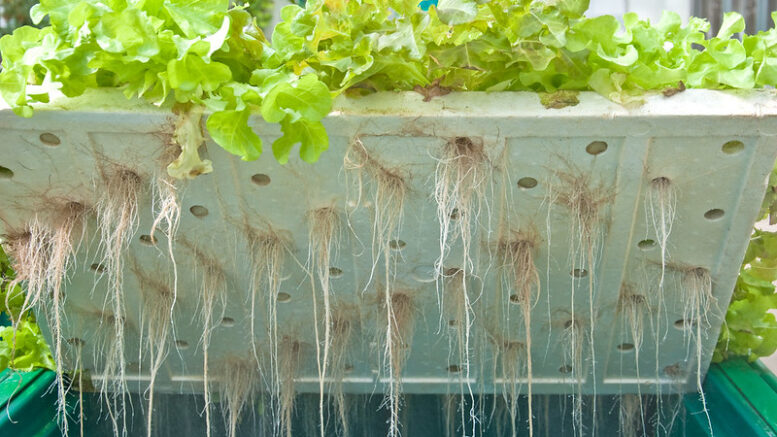What is Hydroponics?
Hydroponics is a method of growing plants without soil, using mineral nutrient solutions in an aqueous solvent. This innovative approach allows for greater control over nutrient delivery, leading to faster growth rates and higher yields than traditional soil-based gardening. Hydroponics can be done indoors, making it a popular choice for urban gardeners and those with limited outdoor space.
Benefits of Hydroponics
Space Efficiency: Hydroponic systems can be set up in small areas like balconies, kitchens, or basements. Vertical gardening techniques can maximize space even further.
Faster Growth: Plants grown hydroponically often mature faster than in soil-based systems, as nutrients are readily available and plants can focus on growth instead of root development.
Water Conservation: Hydroponic systems use up to 90% less water than traditional farming. Water can be recirculated in closed systems, reducing waste considerably.
No Weeds or Pests: Growing without soil minimizes weed problems and can reduce the incidence of soil-borne pests and diseases, leading to healthier plants.
Year-Round Growing: Hydroponics allows for year-round cultivation of plants regardless of external weather conditions. This means fresh produce can be available even in winter months.
Basic Components of a Hydroponic System
Growing Medium: While soil is not used, various inert substrates like coconut coir, rock wool, or clay pellets can be employed to support plants.
Nutrient Solution: Plants require a mix of macronutrients and micronutrients, which can be delivered through a water-soluble fertilizer specifically designed for hydroponics.
Water Supply System: Hydroponics relies on a system that delivers water and nutrients to the plants efficiently. This can be achieved through drip systems, deep water culture, or nutrient film techniques.
Light Source: For indoor gardening, artificial grow lights can be used to provide the necessary wavelengths of light for photosynthesis.
Air Circulation and Ventilation: Good air circulation helps prevent mold and diseases while ensuring plants receive adequate carbon dioxide.

